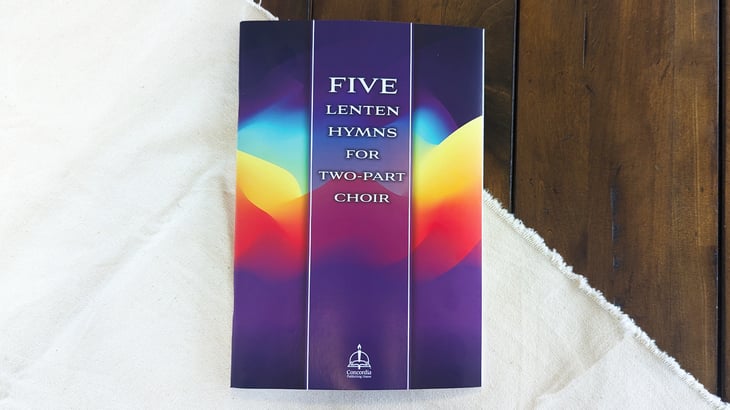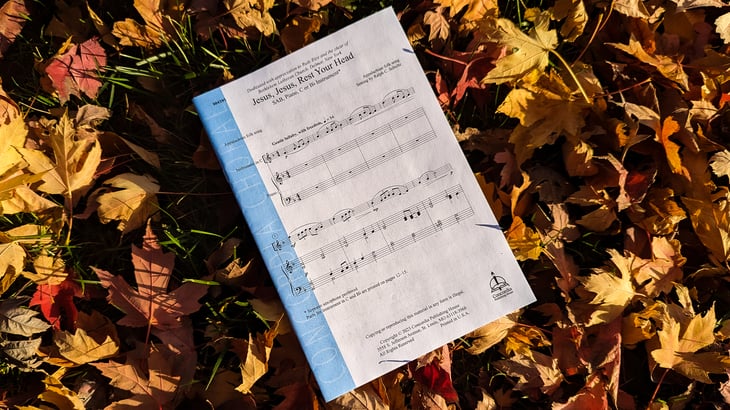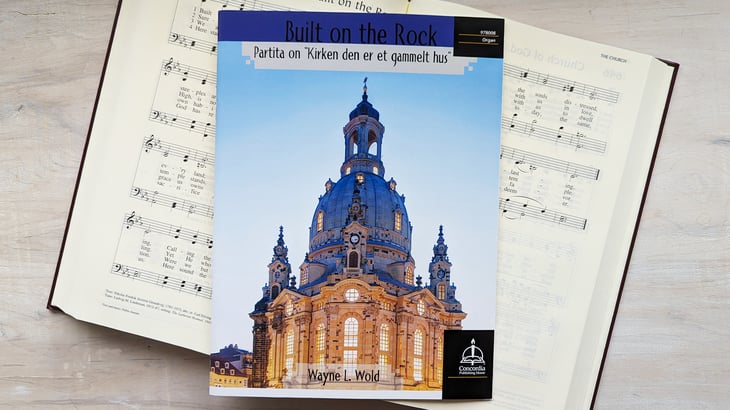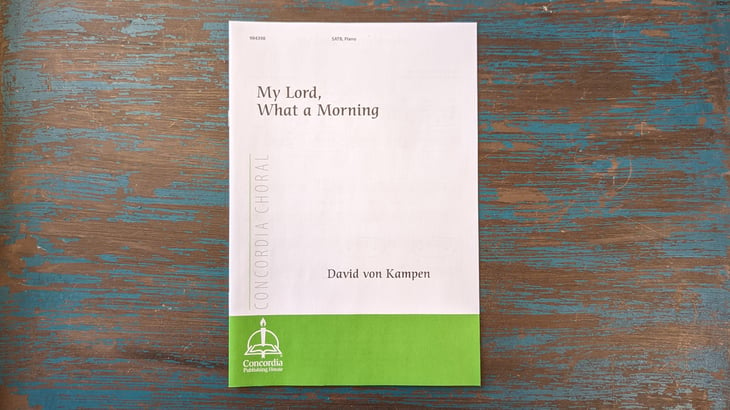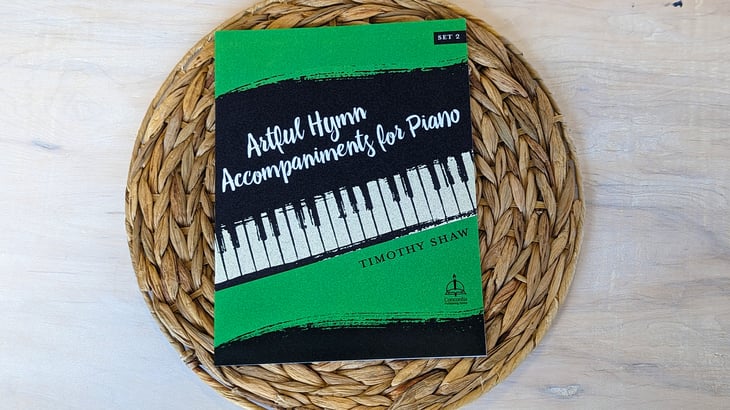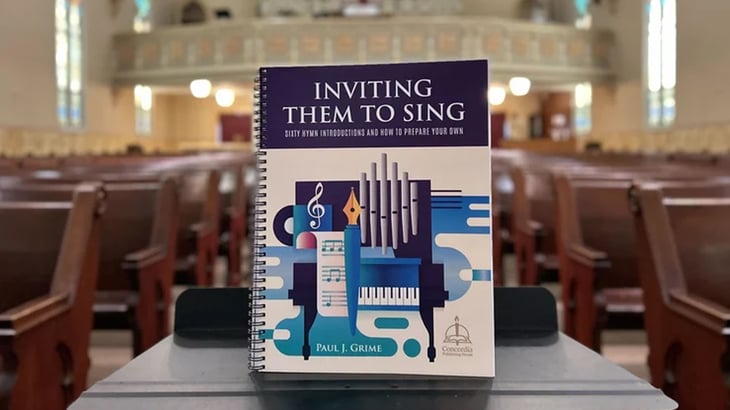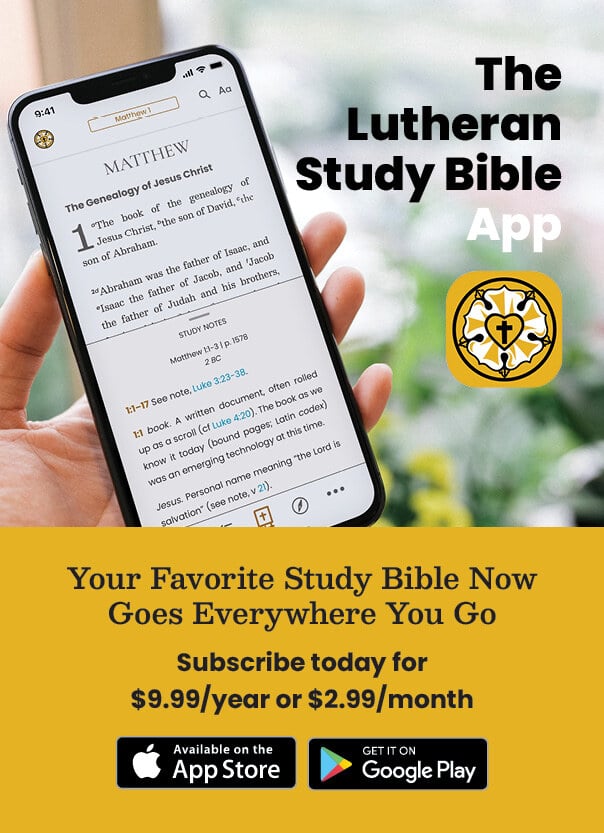Recent Posts by Nathan Grime
Music of the Month: Hymn Tune Innovations: 5 Preludes for Lent
This collection of five preludes for Lent is another stunning addition to the Hymn Tune Innovations series. Benjamin M. Culli has composed five accessible preludes for use during the Lenten season. These preludes are appropriate for use from Ash Wednesday through Good Friday, showcasing familiar tunes and those that might be new to your congregation.
Music of the Month: Five Lenten Hymns for Two-Part Choir
Five Lenten Hymns for Two-Part Choir is a collection of five two-part choir settings highlighting new hymn texts for Lent by hymn writers such as Lisa M. Clark and Stephen P. Starke. The music includes optional congregation stanzas and features settings by Benjamin M. Culli, Jonathan Kohrs, Matthew Machemer, and Jacob B. Weber. Choirs and congregations will find these pieces to be well-crafted while remaining approachable during the busy season of Lent.
Music of the Month: Christmas Impressions, Set 2
Enhance your Christmas worship services with these five preludes by William H. Bates. Driving rhythmic passages, harmonic sequences, and imaginative counterpoints shore up the distinctive character of each tune.
Music of the Month: Jesus, Jesus, Rest Your Head
Ralph C. Schultz offers us this Appalachian folk song that proclaims the birth of Jesus. The beauty of the song is placed in an accessible setting for SAB choir with a descant for C or B-flat instruments. The music supports the events leading back to the memorable refrain.
Music of the Month: Built on the Rock by Wayne L. Wold
Each movement of this five-movement partita, Built on the Rock: Partita on “Kirken den er et gammelt hus,” can be used separately at various points in a worship service, or they can be used all together for a lengthier prelude or concert piece. Of medium difficulty, each movement was inspired by a particular phrase in the hymn text.
Music of the Month: My Lord, What a Morning
David von Kampen has set this anthem for End Times or Advent for SATB choir and piano. It begins with unison choir on the first refrain and moves to SATB in the first verse. The piece closes with a quiet unison phrase. This is sure to become a choir favorite!
Music of the Month: Artful Hymn Accompaniments for Piano
Timothy Shaw’s collection of hymn accompaniments for piano showcases the range and technique of the piano as an instrument to lead congregational singing. This collection is the second in a new series: Artful Hymn Accompaniments for Piano, inaugurated last year with its first set by composer Jacob Weber.
Music of the Month: Inviting Them to Sing
Hymn introductions provide an opportunity to invite the congregation to lift up its voice. They needn’t be long or complicated in order to be engaging. This resource provides 60 introductions and an extended preface that provides tools and suggestions for the average church musician to craft his or her own introductions. These introductions are extremely useful, covering 117 hymns in Lutheran Service Book.
Music of the Month: Pentecost Mosaics
This is the 11th edition in the popular Mosaics series by Jacob B. Weber. Pentecost Mosaicscontains versatile and festive settings useful for Pentecost and beyond. Highlights include a suite on “Come, Holy Ghost, Creator Blest” (Festival Introduction, Harmonization, and Organ Stanza) and six variations on “Holy Spirit, Light Divine.” Other hymns include “O Day Full of Grace”; “Come Down, O Love Divine”; “Holy Spirit, End Our Sadness”; and “Come, Holy Ghost, God and Lord.”
Music of the Month: Lutheran Music and Meaning
Music has meaning. More than a series of notes, more than associated verbal texts, more than personal entertainment—music has meaning. In Lutheran Music and Meaning, author Daniel Zager demonstrates how music signals and conveys meaning. With suggested listening examples, chapters discuss the means that the great Lutheran composers used to convey meaning and in what ways liturgy, Church Year, and lectionary provide integrated contexts for meaning. Written specifically for the singer and listener, this book assists the curious in learning more about Lutheran music, its function, and its meaning.



